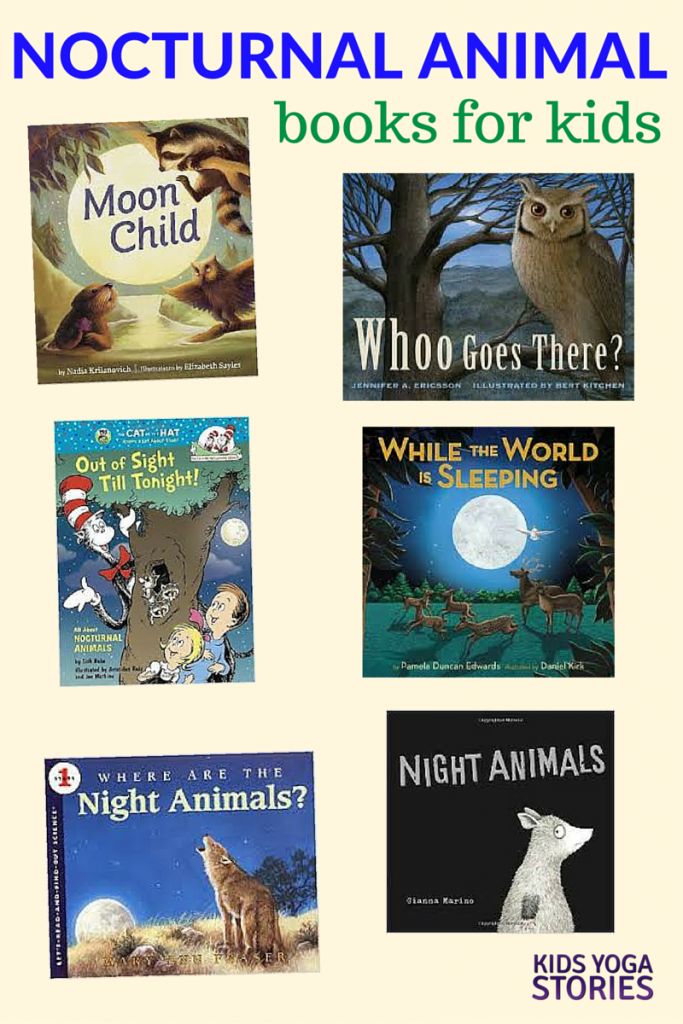Turkeys, cornucopias, oh my!
This week we learn more about all things Thanksgiving
(and it will be continued next week!)
I started the lesson with a really fun book that the kids enjoyed: The Night Before Thanksgiving for my older friends
And for my youngest friends, we read My First Thanksgiving

I asked the children what they think of when they think of Thanksgiving. Then we talked about many years ago when the first Europeans sailed across the ocean on the Mayflower and landed in America. We call them Pilgrims.
We discussed that the Mayflower had to FLOAT well on the ocean to get them to America safely. We did a float and sink experiment with my youngest explorers that they loved. (Pictures below)
We discussed that the Mayflower had to FLOAT well on the ocean to get them to America safely. We did a float and sink experiment with my youngest explorers that they loved. (Pictures below)
The Pilgrims explored the area, already inhabited by the Indians, and began to learn many things from one another. The Indians helped the early settlers learn how to hunt, to trade, and to find and grow food - essentials to life in America.
In honor of their early friendship (we want to keep the lesson up-beat and I did not get into the history of early settlers and Indians) and the blessings of their lives, they celebrated the First Thanksgiving together.
We discussed that turkey is probably just one of the foods they might have had - they most likely had fish and deer and various vegetables, berries, and nuts. But most of us eat turkey today at Thanksgiving.
We then focused on all things TURKEY!
We learned that males and females look very different. Males are called "Gobblers" or "Toms" and they are bigger, brighter (feathers), and must strut in front of the females to earn their favor. Females are called "Hens" and they are smaller, more dull/brown, and are the ones who choose their mate.
We learned that males are the ones that "gobble" and females cluck. Miss Marion demonstrated a true gobbling sound - a secret skill. haha!
We learned to identify different parts of the turkey.

We pretended to have snoods, wattles, and beaks. It was very funny!
We also learned about cornucopias. A long time ago, farmers would fill empty sheep's horns with the bounty from their farms and give thanks. We add the modern cornucopia to our Thanksgiving meal in honor of this tradition to give thanks for our food and family and health.
I am grateful to all my friends at Saint Andrews Preschool for their wise little minds and I look forward to spending many more classes together - learning, exploring, and discovering!
Here are our friends exploring our Thanksgiving-related centers this week...
Suggested fun reads...





























































